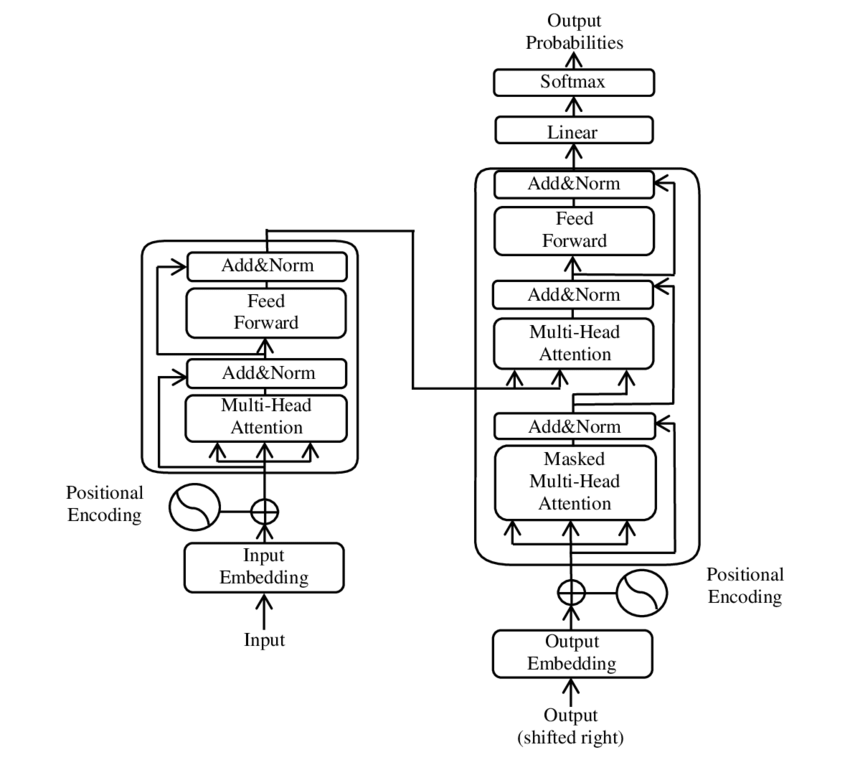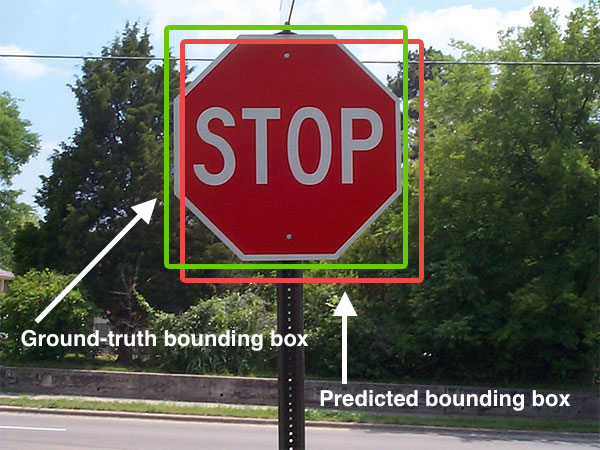|
List Of Programming Languages For Artificial Intelligence
Historically, some programming languages have been specifically designed for artificial intelligence (AI) applications. Nowadays, many general-purpose programming languages also have libraries that can be used to develop AI applications. General-purpose languages * Python is a high-level, general-purpose programming language that is popular in artificial intelligence. It has a simple, flexible and easily readable syntax. Its popularity results in a vast ecosystem of libraries, including for deep learning, such as PyTorch, TensorFlow, Keras, Google JAX. The library NumPy can be used for manipulating arrays, SciPy for scientific and mathematical analysis, Pandas for analyzing table data, Scikit-learn for various machine learning tasks, NLTK and spaCy for natural language processing, OpenCV for computer vision, and Matplotlib for data visualization. Hugging Face's transformers library can manipulate large language models. Jupyter Notebooks can execute cells of Python code, retaini ... [...More Info...] [...Related Items...] OR: [Wikipedia] [Google] [Baidu] |
Artificial Intelligence
Artificial intelligence (AI) is the capability of computer, computational systems to perform tasks typically associated with human intelligence, such as learning, reasoning, problem-solving, perception, and decision-making. It is a field of research in computer science that develops and studies methods and software that enable machines to machine perception, perceive their environment and use machine learning, learning and intelligence to take actions that maximize their chances of achieving defined goals. High-profile applications of AI include advanced web search engines (e.g., Google Search); recommendation systems (used by YouTube, Amazon (company), Amazon, and Netflix); virtual assistants (e.g., Google Assistant, Siri, and Amazon Alexa, Alexa); autonomous vehicles (e.g., Waymo); Generative artificial intelligence, generative and Computational creativity, creative tools (e.g., ChatGPT and AI art); and Superintelligence, superhuman play and analysis in strategy games (e.g., ... [...More Info...] [...Related Items...] OR: [Wikipedia] [Google] [Baidu] |
NLTK
The Natural Language Toolkit, or more commonly NLTK, is a suite of libraries and programs for symbolic and statistical natural language processing (NLP) for English written in the Python programming language. It supports classification, tokenization, stemming, tagging, parsing, and semantic reasoning functionalities. It was developed by Steven Bird and Edward Loper in the Department of Computer and Information Science at the University of Pennsylvania. NLTK includes graphical demonstrations and sample data. It is accompanied by a book that explains the underlying concepts behind the language processing tasks supported by the toolkit, plus a cookbook. NLTK is intended to support research and teaching in NLP or closely related areas, including empirical linguistics, cognitive science, artificial intelligence, information retrieval, and machine learning. NLTK has been used successfully as a teaching tool, as an individual study tool, and as a platform for prototyping and building r ... [...More Info...] [...Related Items...] OR: [Wikipedia] [Google] [Baidu] |
R (programming Language)
R is a programming language for statistical computing and Data and information visualization, data visualization. It has been widely adopted in the fields of data mining, bioinformatics, data analysis, and data science. The core R language is extended by a large number of R package, software packages, which contain Reusability, reusable code, documentation, and sample data. Some of the most popular R packages are in the tidyverse collection, which enhances functionality for visualizing, transforming, and modelling data, as well as improves the ease of programming (according to the authors and users). R is free and open-source software distributed under the GNU General Public License. The language is implemented primarily in C (programming language), C, Fortran, and Self-hosting (compilers), R itself. Preprocessor, Precompiled executables are available for the major operating systems (including Linux, MacOS, and Microsoft Windows). Its core is an interpreted language with a na ... [...More Info...] [...Related Items...] OR: [Wikipedia] [Google] [Baidu] |
Erlang (programming Language)
Erlang ( ) is a general-purpose, concurrent, functional high-level programming language, and a garbage-collected runtime system. The term Erlang is used interchangeably with Erlang/OTP, or Open Telecom Platform (OTP), which consists of the Erlang runtime system, several ready-to-use components (OTP) mainly written in Erlang, and a set of design principles for Erlang programs. The Erlang runtime system is designed for systems with these traits: * Distributed * Fault-tolerant * Soft real-time * Highly available, non-stop applications * Hot swapping, where code can be changed without stopping a system. The Erlang programming language has immutable data, pattern matching, and functional programming. The sequential subset of the Erlang language supports eager evaluation, single assignment, and dynamic typing. A normal Erlang application is built out of hundreds of small Erlang processes. It was originally proprietary software within Ericsson, developed by Joe Armstrong ... [...More Info...] [...Related Items...] OR: [Wikipedia] [Google] [Baidu] |
Functional Programming
In computer science, functional programming is a programming paradigm where programs are constructed by Function application, applying and Function composition (computer science), composing Function (computer science), functions. It is a declarative programming paradigm in which function definitions are Tree (data structure), trees of Expression (computer science), expressions that map Value (computer science), values to other values, rather than a sequence of Imperative programming, imperative Statement (computer science), statements which update the State (computer science), running state of the program. In functional programming, functions are treated as first-class citizens, meaning that they can be bound to names (including local Identifier (computer languages), identifiers), passed as Parameter (computer programming), arguments, and Return value, returned from other functions, just as any other data type can. This allows programs to be written in a Declarative programming, d ... [...More Info...] [...Related Items...] OR: [Wikipedia] [Google] [Baidu] |
Elixir (programming Language)
Elixir is a functional, concurrent, high-level general-purpose programming language that runs on the BEAM virtual machine, which is also used to implement the Erlang programming language. Elixir builds on top of Erlang and shares the same abstractions for building distributed, fault-tolerant applications. Elixir also provides tooling and an extensible design. The latter is supported by compile-time metaprogramming with macros and polymorphism via protocols. The community organizes yearly events in the United States, Europe, and Japan, as well as minor local events and conferences. History José Valim created the Elixir programming language as a research and development project at Plataformatec. His goals were to enable higher extensibility and productivity in the Erlang VM while maintaining compatibility with Erlang's ecosystem. Elixir is aimed at large-scale sites and apps. It uses features of Ruby, Erlang, and Clojure to develop a high-concurrency and low-latency ... [...More Info...] [...Related Items...] OR: [Wikipedia] [Google] [Baidu] |
Jupyter Notebook
Project Jupyter (pronounced "Jupiter") is a project to develop open-source software, open standards, and services for interactive computing across multiple programming languages. It was spun off from IPython in 2014 by Fernando Pérez and Brian Granger. Project Jupyter's name is a reference to the three core programming languages supported by Jupyter, which are Julia, Python and R. Its name and logo are an homage to Galileo's discovery of the moons of Jupiter, as documented in notebooks attributed to Galileo. Jupyter is financially sponsored by the Jupyter Foundation. History The first version of Notebooks for IPython was released in 2011 by a team including Fernando Pérez, Brian Granger, and Min Ragan-Kelley. In 2014, Pérez announced a spin-off project from IPython called Project Jupyter. IPython continues to exist as a Python shell and a kernel for Jupyter, while the notebook and other language-agnostic parts of IPython moved under the Jupyter name. Jupyter suppor ... [...More Info...] [...Related Items...] OR: [Wikipedia] [Google] [Baidu] |
Large Language Model
A large language model (LLM) is a language model trained with self-supervised machine learning on a vast amount of text, designed for natural language processing tasks, especially language generation. The largest and most capable LLMs are generative pretrained transformers (GPTs), which are largely used in generative chatbots such as ChatGPT or Gemini. LLMs can be fine-tuned for specific tasks or guided by prompt engineering. These models acquire predictive power regarding syntax, semantics, and ontologies inherent in human language corpora, but they also inherit inaccuracies and biases present in the data they are trained in. History Before the emergence of transformer-based models in 2017, some language models were considered large relative to the computational and data constraints of their time. In the early 1990s, IBM's statistical models pioneered word alignment techniques for machine translation, laying the groundwork for corpus-based language modeling. A sm ... [...More Info...] [...Related Items...] OR: [Wikipedia] [Google] [Baidu] |
Hugging Face
Hugging Face, Inc. is a French-American company based in List of tech companies in the New York metropolitan area, New York City that develops computation tools for building applications using machine learning. It is most notable for its Transformer (machine learning model), transformers Software libraries, library built for natural language processing applications and its platform that allows users to share machine learning models and Dataset (machine learning), datasets and showcase their work. History The company was founded in 2016 by French entrepreneurs Clément Delangue, Julien Chaumond, and Thomas Wolf in New York City, originally as a company that developed a chatbot app targeted at teenagers. The company was named after the emoji. After Open-source software, open sourcing the model behind the chatbot, the company Lean startup, pivoted to focus on being a platform for machine learning. In March 2021, Hugging Face raised US$40 million in a Series B funding round. On ... [...More Info...] [...Related Items...] OR: [Wikipedia] [Google] [Baidu] |
Data Visualization
Data and information visualization (data viz/vis or info viz/vis) is the practice of designing and creating Graphics, graphic or visual Representation (arts), representations of a large amount of complex quantitative and qualitative data and information with the help of static, dynamic or interactive visual items. Typically based on data and information collected from a certain domain of expertise, these visualizations are intended for a broader audience to help them visually explore and discover, quickly understand, interpret and gain important insights into otherwise difficult-to-identify structures, relationships, correlations, local and global patterns, trends, variations, constancy, clusters, outliers and unusual groupings within data (''exploratory visualization''). When intended for the general public (mass communication) to convey a concise version of known, specific information in a clear and engaging manner (''presentational'' or ''explanatory visualization''), it is t ... [...More Info...] [...Related Items...] OR: [Wikipedia] [Google] [Baidu] |
Matplotlib
Matplotlib (portmanteau of MATLAB, plot, and library) is a Plotter, plotting Library (computer science), library for the Python (programming language), Python programming language and its Numerical analysis, numerical mathematics extension NumPy. It provides an Object-oriented programming, object-oriented API for embedding plots into applications using general-purpose GUI toolkits like Tkinter, wxPython, Qt (software), Qt, or GTK. There is also a Procedural programming, procedural "pylab" interface based on a state machine (like OpenGL), designed to closely resemble that of MATLAB, though its use is discouraged. SciPy makes use of Matplotlib. Matplotlib was originally written by John D. Hunter. Since then it has had an active development community and is distributed under a BSD licenses, BSD-style license. Michael Droettboom was nominated as matplotlib's lead developer shortly before John Hunter's death in August 2012 and was further joined by Thomas Caswell. Matplotlib is a NumFOC ... [...More Info...] [...Related Items...] OR: [Wikipedia] [Google] [Baidu] |
Computer Vision
Computer vision tasks include methods for image sensor, acquiring, Image processing, processing, Image analysis, analyzing, and understanding digital images, and extraction of high-dimensional data from the real world in order to produce numerical or symbolic information, e.g. in the form of decisions. "Understanding" in this context signifies the transformation of visual images (the input to the retina) into descriptions of the world that make sense to thought processes and can elicit appropriate action. This image understanding can be seen as the disentangling of symbolic information from image data using models constructed with the aid of geometry, physics, statistics, and learning theory. The scientific discipline of computer vision is concerned with the theory behind artificial systems that extract information from images. Image data can take many forms, such as video sequences, views from multiple cameras, multi-dimensional data from a 3D scanning, 3D scanner, 3D point clouds ... [...More Info...] [...Related Items...] OR: [Wikipedia] [Google] [Baidu] |




